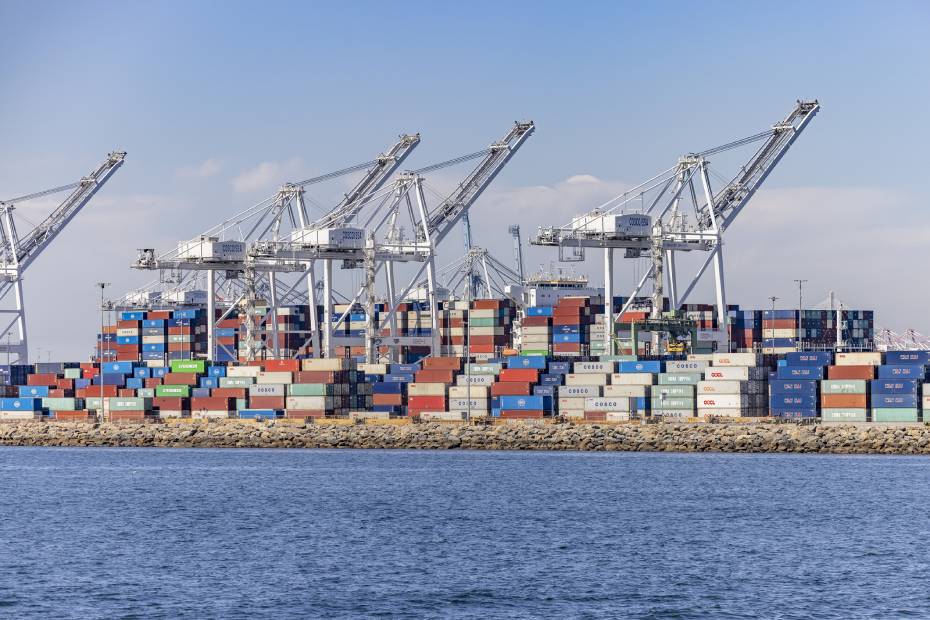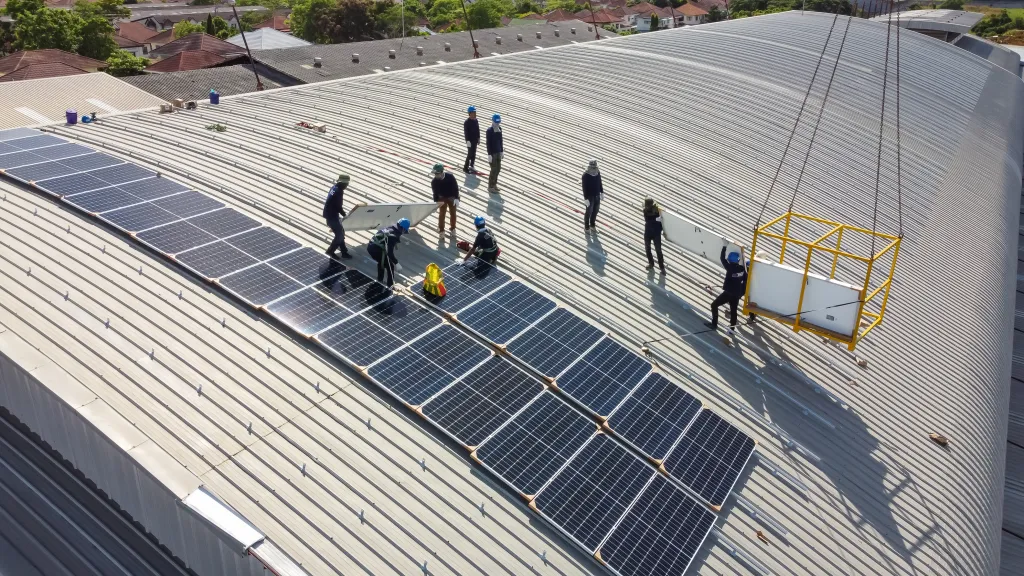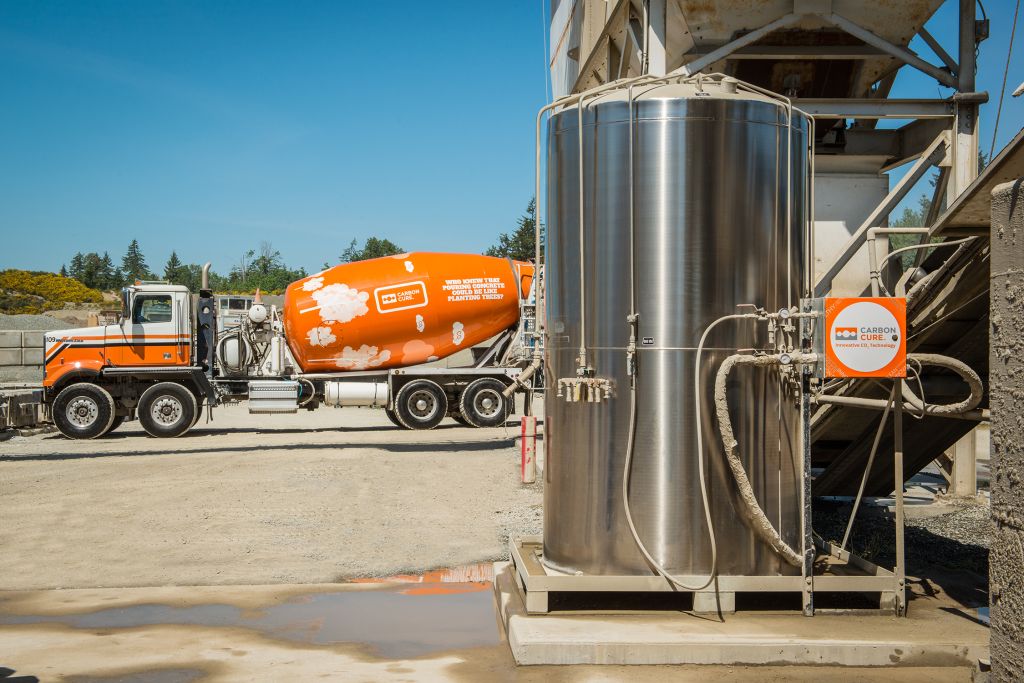Published April 6, 2022 • 7 Min Read
The global supply chain is under tremendous stress.
The complex network of trucks, ships, ports and planes that moves goods worldwide has been strained by severe weather events like wildfires and floods, protectionism-related tariffs, labour shortages and the rapid rise of e-commerce.
Add to that the pandemic-driven production and logistics disruptions over the past two years — and more recently Russia’s invasion of Ukraine that has cut off critical commodities to the rest of the world — and it’s clear how vulnerable today’s globally integrated supply chains can be.
It’s hard to imagine when the supply chain has faced so many challenges at once.
“Supply chain issues were never a top concern raised by businesses before the pandemic,” says RBC Senior Economist Josh Nye, adding that the conflict in Ukraine “has exacerbated supply chain issues.”
Ukraine is a large agricultural producer, while Russia is also a major producer of fertilizer and oil. As a result, the conflict has contributed to rising energy costs, making supply chain activities such as manufacturing and shipping more expensive.
The growing supply chain issue underscores how complex the movement of goods is that underpins the global economy.
“It shows just how interconnected the world is today and how everyone is exposed to major events in a real way,” says Jerome Dagnaud, National Director, Trade Solutions at RBC.
The susceptibility of the supply chain to global events highlights the importance of building a more resilient system for the future.
How to boost supply chain resiliency
A resilient supply chain can withstand disruption and quickly recover. For companies involved, it requires a strong supply chain management system with flexible contingency plans for when setbacks happen.
“You can’t cover yourself for every possible risk situation, but I think these recent events show the need for businesses to have more visibility on the supply chain; to be more agile; to secure your inputs, and look for opportunities,” Dagnaud says.
Many businesses are doing this by diversifying their supply chain, including sourcing inventory from various suppliers. “Some learned to their detriment during the pandemic that it’s a risk to work with just one supplier,” Dagnaud says.
Some companies also choose to source their inputs locally, even though it may cost more. “There’s a need to look for alternative solutions or identify them for when you may need to use them,” he says.
In some cases, companies aim to keep more inventory on hand in case of a supply chain disruption, so their business isn’t immediately affected. “It does mean using up more of their cash resources in advance,” Dagnaud says, “or increasing their credit lines with their bank. These can be solutions for some companies in certain industries. However, while keeping a large inventory can be a possible short-term solution, in the long run it can be very risky due to inventory obsolescence, theft or other loss of value.”
The case of LH Imports
One Canadian company that has successfully navigated the supply chain disruptions in recent years is Vancouver-based LH Imports Inc., a furniture and décor distributor across North America.
When the first round of pandemic lockdowns came in March 2020, LH Imports had to make several critical decisions about inventory purchasing: the company had to decide whether to cancel orders, which would have preserved cash and prevented it from building up too much inventory. However, cancelling orders came with the long-term risk of harming important supplier relationships LH Imports had built up over the past two decades.
LH Imports decided not to cancel. It then spent the next several months making strategic moves to navigate the pandemic’s early days, including dynamically adjusting prices to move products and adjusting inventory based on customer requests. A few months later, sales rebounded, particularly online.
The sales increase was of course welcome but created a new set of challenges for LH Imports, including what inventory to have on hand to meet the pandemic-driven e-commerce boom.
“Forecasting is impossible in the current environment,” says Jade Merriman, Vice President, LH Imports. “You don’t know what inventory will arrive and when, and with the shift to e-commerce, it has become more difficult to identify which products will be successful.”
The supply chain has become even more unpredictable: LH Imports says inventory ordered in January 2020 arrived about eight months later, while orders placed in September 2020 arrived almost 18 months later.
LH Imports has worked through the challenges by treating its brick-and-mortar and e-commerce divisions as effectively separate businesses. As online orders soared, the company has added warehouse space to handle more inventory and continues to work on managing rising costs.
“You need to be flexible; you have to have multiple outlets and be prepared to sell what you have,” says Merriman.
Technology to reduce risk in the supply chain
More companies are also turning to technology to reduce risk from supply chain disruption, empowered by the increasing digitization of the global economy.
“Digitization has increased rapidly, especially over the past couple of years during the pandemic, as companies seek to simplify their procedures. They’re much more connected now than they were two or three years ago,” Dagnaud of RBC says. “Big data, AI and machine learning are becoming mainstream for many companies involved in the complex global supply chain.”
Dagnaud points to AI-driven supply chain management software, as one example, which helps with planning, sourcing raw materials, manufacturing, delivery and returns of goods. In addition, technology can provide companies with real-time data on the supply chain to help them plan ahead if there is a disruption.
In a recent report, McKinsey & Co. says leading companies have begun to embrace next-generation systems in the supply chain, including AI, machine learning and data analytics, “to speed up decision making and pave the way for autonomous planning.”
In its survey of supply-chain executives, McKinsey says 90 per cent said they expect to overhaul planning IT within the next five years, while four out of five expect to or already use AI and machine learning in planning.
While the cost of implementing the technology can be a barrier (60 per cent of executives McKinsey surveyed said it takes more time and money than expected), it says modernization helps make supply chains more resilient and efficient.
“It may feel daunting, but upgrading supply-chain-planning systems is doable with the right approach,” McKinsey states in a report. “And the potential benefits are significant: better planning processes, systems that are a closer match for the company’s needs, and ultimately, a more efficient and resilient supply chain.”
The road to supply chain resilience
Dagnaud of RBC says resilience comes in many forms: using advanced technology, diversification of suppliers and clients, more efficient logistics and improved inventory management while also managing rising costs.
While the current supply chain challenges may soon be resolved or at least alleviated, companies should prepare for future disruptions that could look different from current ones, Dagnaud says.
For example, the effects of climate change such as floods, fires, and droughts have and will continue to disrupt the supply chain. Having a resilient supply chain can help to mitigate these disruptions. Companies that have diversified their supply chains, for instance, will be less exposed to disruptions from climate events occurring in a particular region. As well, companies that have taken certain steps to become more sustainable, such as becoming more efficient in their use of resources, will have reduced exposure to supply chain disruptions.
“The more companies can prepare and adjust to what has become a very complex and volatile supply chain network, and thinking outside of the box, the better off they will be in the long run,” says Dagnaud.
Disruptions are inevitable in the global supply chain. The best way for companies to cope is to be prepared. Business owners ready to take the next step towards supply chain resiliency are encouraged to seek support from partners such as their trade solution specialists.
This article is intended as general information only and is not to be relied upon as constituting legal, financial or other professional advice. A professional advisor should be consulted regarding your specific situation. Information presented is believed to be factual and up-to-date but we do not guarantee its accuracy and it should not be regarded as a complete analysis of the subjects discussed. All expressions of opinion reflect the judgment of the authors as of the date of publication and are subject to change. No endorsement of any third parties or their advice, opinions, information, products or services is expressly given or implied by Royal Bank of Canada or any of its affiliates.
Share This Article






